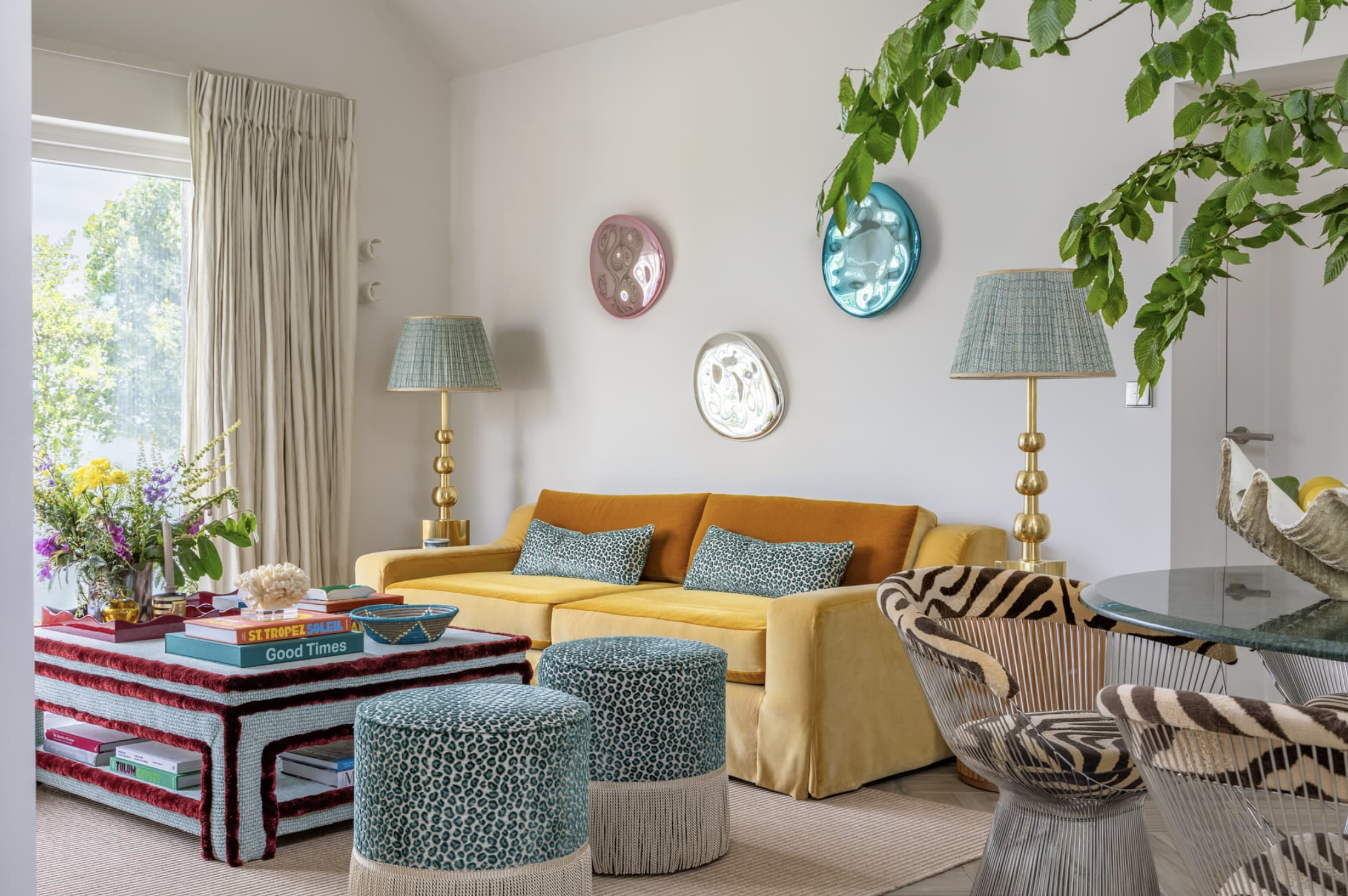
Bath, a city awash with rich architectural history, continues to inspire interior design globally. This post will explore how Bath’s iconic Georgian and Regency styles influence modern interiors. Whether you’re an architecture enthusiast, an interior designer, or a homeowner looking to infuse timeless elegance into your space, this guide will provide valuable insights and practical tips from a Bath interior designer.
Bath’s Architectural Legacy
Situated in the heart of England, Bath is renowned for its stunning Georgian and Regency architecture. The city’s rich history is etched into its stone facades, symmetrical layouts, and Roman-inspired elements. Bath’s historical significance isn’t just about aesthetics; it embodies an era’s social and cultural ethos. Let’s take a closer look at this legacy and how it influences modern-day interiors.
Georgian and Regency Architecture in Bath
Georgian architecture, named after the four King Georges who reigned in the 18th and early 19th centuries, is characterised by its symmetry, proportion, and balance. Bath, with its abundance of Georgian buildings, stands as a testament to this architectural style. The use of Roman inspiration is evident in elements like pediments, columns, and porticos. Regency architecture, a subset of Georgian architecture, further refined these elements, adding a touch of elegance and sophistication. This historical perspective sets the stage for understanding how these architectural features are being incorporated into contemporary interior design.
Key Architectural Elements in Modern Interiors
The architectural elements that define Bath’s landscape have found their way into interior design, bridging the gap between history and modernity. Sash windows, a hallmark of Georgian homes, are now popular in contemporary settings for their functionality and classic appeal. Stone facades, another prominent feature, bring a sense of grandeur and permanence to interior spaces. High ceilings, often adorned with intricate mouldings, add a touch of elegance and openness to rooms. These elements not only enhance the aesthetic appeal but also contribute to a more functional and comfortable living environment.
Insights from a Local Bath Interior Designer
To gain a deeper understanding of how Bath’s architecture can be incorporated into interior design, we emphasise the importance of understanding the historical context of the architectural elements and how they can be adapted to suit modern needs. My advice includes focusing on quality materials, maintaining a cohesive colour palette, and incorporating both classic and contemporary furniture pieces.
Practical Tips for Emulating Bath’s Style
Ready to bring a touch of Bath into your own home? Here are some practical tips to get you started:
- Choose a Cohesive Colour Palette: Bath’s architecture often features neutral tones like white, cream, and beige, accented with muted pastels. These colours create a serene and timeless backdrop for any space.
- Invest in Quality Materials: Authenticity is key when emulating Bath’s style. Opt for high-quality materials like natural stone, hardwood, and wrought iron. These materials not only look beautiful but also stand the test of time.
- Incorporate Classic and Contemporary Furniture: Blend traditional furniture pieces with modern ones to create a balanced and sophisticated look. Think Georgian-inspired chairs alongside sleek, contemporary coffee tables.
These tips will help you capture the essence of Bath’s architecture while ensuring your space remains functional and stylish.
The Ongoing Relevance of Bath’s Architectural Influence
Bath’s architectural influence continues to resonate in the world of interior design. Its timeless elegance and classic appeal make it a popular choice for those looking to create sophisticated and inviting spaces. By understanding the historical context and key elements of Bath’s architecture, homeowners and designers can create interiors that are both beautiful and functional. This ongoing relevance highlights the importance of preserving and celebrating architectural heritage while adapting it to suit modern needs.
Bath’s rich architectural history offers a wealth of inspiration for modern interior design. By incorporating elements like sash windows, stone facades, and high ceilings, homeowners and designers can create spaces that are both elegant and timeless. Whether you’re a seasoned designer or a homeowner looking to refresh your space, Bath’s architecture provides a valuable blueprint for achieving a sophisticated and inviting interior.
Ready to transform your space? Explore more about Bath’s architectural charm and how it can enhance your interiors. If you need personalised guidance, consider consulting with one of our expert designers. Discover the timeless elegance of Bath architecture in your home today.
